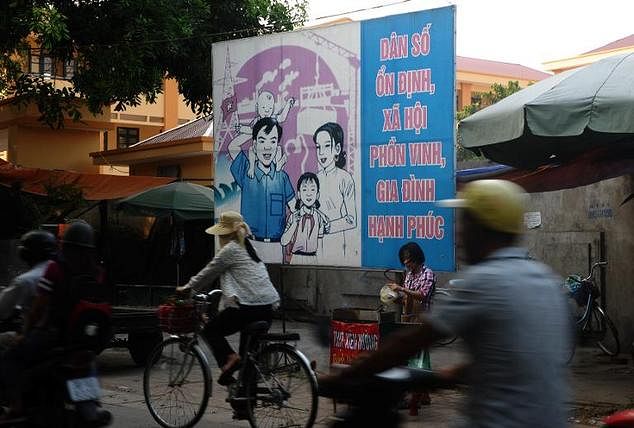While a new draft population law could update Vietnam's regulations on family planning and population control, the country's true challenge lies in addressing the root causes of its sky-high abortion rate.
Though Vietnam's actual abortion rate is difficult to pinpoint, it is believed to be among the highest in the world, according to The Economist.
Official government data tracks abortion within Vietnam's public facilities, this figure, however, is seen as only a portion of the full number, as public services tend to be used more by married women, while the country's plethora of private clinics see many younger, unwed clientele. At the Central Obstetrics Hospital in Hanoi, health officials claim as many as 40% of all pregnancies in Vietnam end in abortion, while government statistics are about half that figure.
Given the country's soaring abortion rate, health officials are aware of the gap in services provided to unwed women. However, in a conservative country where sex is seldom a public discussion, these same officials are struggling to begin a larger conversation on safe sex and contraceptives with Vietnamese youth. Sex education is little to nonexistent in many Vietnamese schools, never mind at home. As a result, young Vietnamese, both male and female, are often ignorant when it comes to sex and contraception.
Beyond the younger population, Vietnam is also grappling with the issue of sex selective abortion, in which couples terminate a female fetus in favor of a male one. This practice was outlawed in 2003 – it is now forbidden for ultrasound technicians to reveal the sex of a fetus – however couples are still able to pay off private clinic physicians to learn this information. From there, abortion services are easy to come by, provided women do not give the real reason for the termination.
With a birth ratio of 111 boys to 100 girls, the country risks a population problem similar to China's, in which a growing number of young men will be unable to find partners.
What's more, Vietnam's current population, two-thirds of which is working age, will one day mirror Japan's current predicament, in which there are not enough young people to fill jobs and to care for the elderly population. As fertility rates in urban centers decrease and Vietnam only just begins to enter an age of growing economic prosperity, the effects of this population shift could be more severe. As The Economist puts it: “Vietnam risks growing old before it goes rich.”
Which brings us to the current draft population law, which seeks to encourage greater fertility but also comes with a few caveats. Government officials are hoping, for instance, to ban abortion after 12 weeks, except in cases of rape – the service is currently legal up until 22 weeks – while upholding the loosely enforced two-child policy. However, some believe the two-child rule should be abolished in the same way China got rid of its own strictly enforced policy last year, but only for urban residents, leaving poor, rural citizens whose only economic safety net is often their children, in the lurch.
The final troubling facet of this draft law is the push for a pre-natal focus on “population quality”, which sounds nice but could actually be a way for government officials to encourage the abortion of fetuses which show signs of disability.
In the end, Vietnam must find a balance between its traditional values and that of a rapidly modernizing society, one that addresses the sex education needs of its young, unmarried population.














